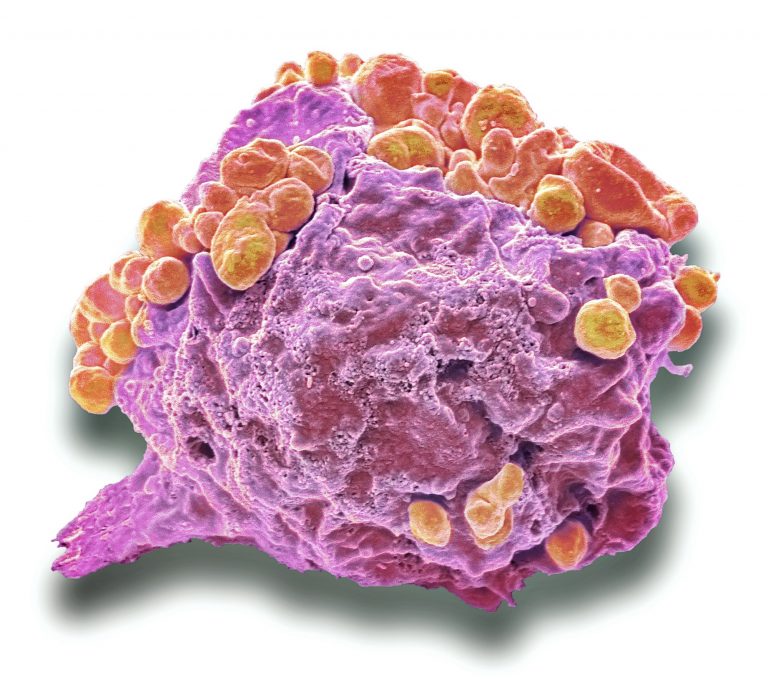
Researchers from the University of Bonn have designed a freely accessible artificial intelligence (AI) system that can help clinicians diagnose leukemia or lymphoma even in settings with limited bioinformatics support or expertise.
Normally if a cancer of the lymph system, such as lymphoma or leukemia, is suspected a blood or bone marrow sample is sent to a specialist lab to undergo flow cytometry testing. The samples are labelled with antibodies and fluorescent dyes and are then processed through the cytometry machine past sensors designed to detect cells labelled with the markers.
Around 50,000 cells are measured per sample and each test generates large amounts of data. “With 20 markers, the doctor would already have to compare about 150 two-dimensional images,” said lead study investigator Peter Krawitz, a professor at the Institute for Genomic Statistics and Bioinformatics at University Hospital Bonn, in a press statement. “That’s why it’s usually too costly to thoroughly sift through the entire data set.”
To try and make the analysis process easier, Krawitz and colleagues set out to design a deep learning AI system that could be used to help analyze flow cytometry data and aid clinicians with making blood cancer diagnoses.
This was more difficult to design than AI used for some other cancer diagnostic and medical processes, because processes used in multi-parameter flow cytometry are subject to regular change depending on the protocols of the laboratory doing the tests and the available machine.
As outlined in the journal Patterns, the researchers created a system that can adapt to flow cytometry protocol changes using transfer learning “a technique to improve the performance of a new task by transferring knowledge from a related task that has already been learned,” according to the authors. The new system builds on a previous AI model built by the same team that was able to classify seven B-cell cancers.
The new model also allows multi-parameter flow cytometry data merging. This has the potential to be very useful for smaller labs that may not have access to big enough datasets to produce accurate diagnostic results from the AI system on their own.
The team trained their system using more than 30,000 data sets from patients with B-cell lymphoma and found that both the transfer learning and data merging aspects of the new model did not adversely impact accuracy.
However, they acknowledge that although their system allows the model to be adapted to process different flow cytometry data, “it does not entirely address the inherent differences between various datasets. Each laboratory has a different diagnostic goal and expertise, leading to different panel designs and different data distribution among the classes for each dataset.” The team is now looking into how these additional differences could be accounted for.
Krawitz says that AI should make diagnoses quicker and more accurate, but is not supposed to be a diagnostic alternative. “The point of using AI is not to replace physicians, but to make the best use of the information contained in the data,” he emphasizes.
All the raw data and the software developed by Krawitz and team is open source. The researchers also collaborated with an AI firm, res mechanica, to help make the tool more accessible to scientists and clinicians without in-depth bioinformatics or AI knowledge. The team plans to use this more accessible tool to help facilitate anonymized data exchange between difference laboratories to help improve the AI tool even more.











